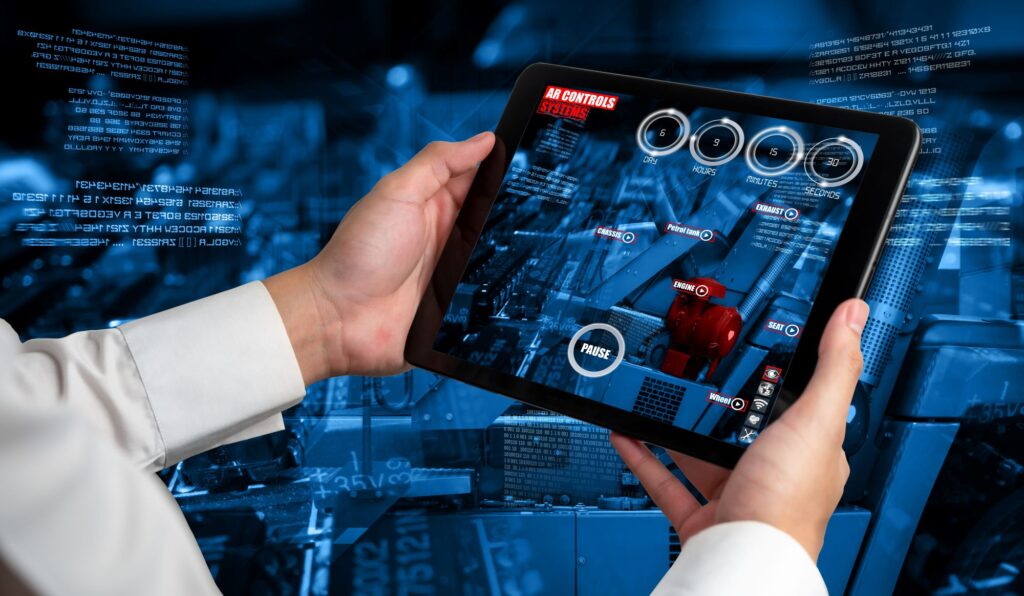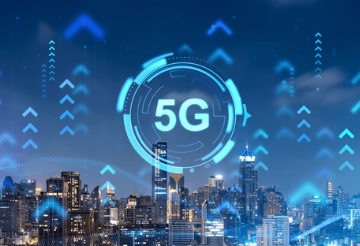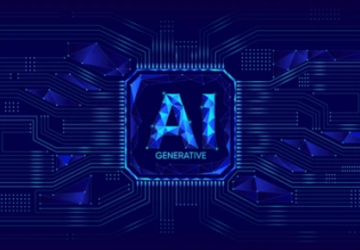At the heart of the digital transformation of the industrial sector, digital twins and artificial intelligence (AI) are innovations that hold immense promises for businesses.
A true virtual replica of a physical object, the digital twin allows it to be modeled and simulates its functioning. This technology radically transforms the way we interact with an industrial product throughout its lifecycle, from its design to its retirement, through its construction and operation.
AI, on the other hand, handles the astronomical volume of data from an industrial project. Paired with a digital twin, AI offers the possibility to conduct advanced analyses, automate processes, and improve operational efficiency, and even customize services and customer experience. Ultimately, AI also holds the promise of a simplified human/machine interaction. This extends the boundaries of the digital twin…
A spotlight on two complementary digital technologies that are revolutionizing industrial projects.
The digital twin: a virtual representation of reality.
A “digital twin” is a precise virtual representation of an object, process, or system. This model can simulate, predict, and optimize its physical counterpart in real-time. The data collected and analyzed provides a 360-degree view of the twinned entity throughout the product’s lifecycle.
Improve the design through simulation.
The first advantage of the digital twin is the ability to conduct a potentially infinite number of tests during the design phase. The virtual dimension of the digital twin allows one to operate in a secure environment and to explore all conceivable avenues at a marginal cost.
Take the aerospace industry as an example: designing an aircraft, from its structure to its onboard systems, is a complex process involving many iterations. Thanks to the digital twin, engineers can virtually test all design variations, model extreme situations, and simulate the behavior of the aircraft in various scenarios. This approach reduces design errors (and therefore associated costs) and enhances the safety and efficiency of the final product.
Optimize maintenance operations.
When the product enters its operational phase, its digital twin plays a crucial role in optimizing maintenance operations. The myriad of sensors equipping the object in the physical world transmit all the operating data to the digital twin in real-time.
Imagine a ship loaded with sensors: accelerometers to measure vibrations, thermocouples for temperatures, pressure gauges for pressures, pH sensors to detect corrosion, etc. These sensors constantly send data in real-time to the digital twin, which analyzes them to find solutions to potential malfunctions, predict likely failures, optimize maintenance plans, and so on.
The benefits are tangible: unexpected downtimes are reduced, resulting in significant savings.

AI to decipher a complex reality.
AI involves mimicking human intelligence (neural networks) to solve problems. Given the massive volume of data generated by digital twins, this technology emerges as a valuable ally. It allows for the processing and analysis of this data to aid in decision-making, automate processes, and personalize the customer experience. An overview of the synergies between digital twin and AI.
Analyzing massive data: a strategic lever.
The phenomenal amount of data generated by a digital twin can be challenging to process. That’s where AI comes into play with its advanced analytical capabilities: paired with the digital twin, it assists operators in making informed strategic decisions.
Taking the example of predictive maintenance for ships, the digital twin should be able to analyze the data and make relevant deductions. For AI to correctly interpret data, such as an increase in vibrations or temperature, it must be able to contextualize them within the digital twin. In this way, it’s possible to intervene to resolve issues before they result in a breakdown.
Let’s take another example, in the context of a nuclear power plant, the combination of the digital twin and AI would be extremely useful for modeling and monitoring reactor corrosion in real-time, thanks to sensors measuring temperature, pressure, or even the chemical composition of the environment. Operators could then better plan maintenance operations to enhance the safety, efficiency, and longevity of the facility.
Automate to enhance operational efficiency.
AI, with its learning and adaptation capabilities, is a major asset for automation. When applied to a digital twin, AI can analyze workflows, identify bottlenecks, and suggest improvements to optimize the efficiency of a process.
For example, in the context of aerospace production, the digital twin/AI pairing can optimize the entire manufacturing process. Let’s focus on this iterative loop in 4 steps:
Engineers integrate into the twin all the plans, technical specifications, and assembly procedures associated with each component of the aircraft.
Sensors are installed throughout the production line to collect real-time data such as temperature, pressure, assembly speed, error rates, and so on. This data is then incorporated into the digital twin.
The collected data enhances a machine learning algorithm embedded in the digital twin. The AI is then able to model and predict the performance of the production line. It can identify errors before they become problematic and offer recommendations to enhance production efficiency (adjusting machine parameters, changes in the assembly sequence, etc.).
The AI’s recommendations are then implemented on the production line. Performance is assessed and compared to the digital twin’s predictions, allowing the AI’s accuracy to be refined over time.
Customize and enhance the customer experience.
Finally, the digital twin/AI pairing can play a key role in enhancing customer experience. Within the aerospace sector, these technologies enable manufacturers to customize the services provided to airlines. Indeed, it’s possible to integrate into the digital twins the flight data of aircraft during their operational phase. This allows for an understanding of the specifics of each airline (for example, preferred routes, common weather conditions, etc.) and to offer customized improvements for each plane (adjusting engine parameters to reduce fuel consumption, maintenance scheduling to minimize downtime, etc.).
Interacting naturally with the digital twin: the promises of conversational AI.
Integrating AI into a digital twin opens up new possibilities in terms of human/machine interaction. Indeed, conversational agents (chatbots) have the potential to simplify the use of the tool, particularly allowing non-technical profiles to query the digital twin and access valuable information.
For instance, a factory operator might ask the conversational agent, “What is the likelihood that machine X will break down in the coming days?”. The conversational agent can then consult the digital twin, analyze the data, and provide a comprehensible answer to the operator, thus facilitating operational decision-making.
This use of AI becomes even more relevant as the digital twin becomes more complex over time. The addition of increasingly rich information leads to the creation of menus and sub-menus which increase the number of clicks and thus the time to access information. An integrated conversational AI allows us to bypass this tree structure. Furthermore, it can harness all relevant data based on the request, where a tool without AI would only display the requested elements without trying to contextualize the need. In this regard, AI enhances access to information and magnifies the capabilities of the digital twin.
The digital twin and AI are the new technological cornerstones of the industry and pave the way for efficiency gains across the entire value chain, from design to operation of industrial products. This synergy is the key to a profound transformation of industrial processes: there is no doubt that companies in the sector should integrate these technologies to remain competitive.
Better understand the possibilities of SmartShape?
Schedule a demo

